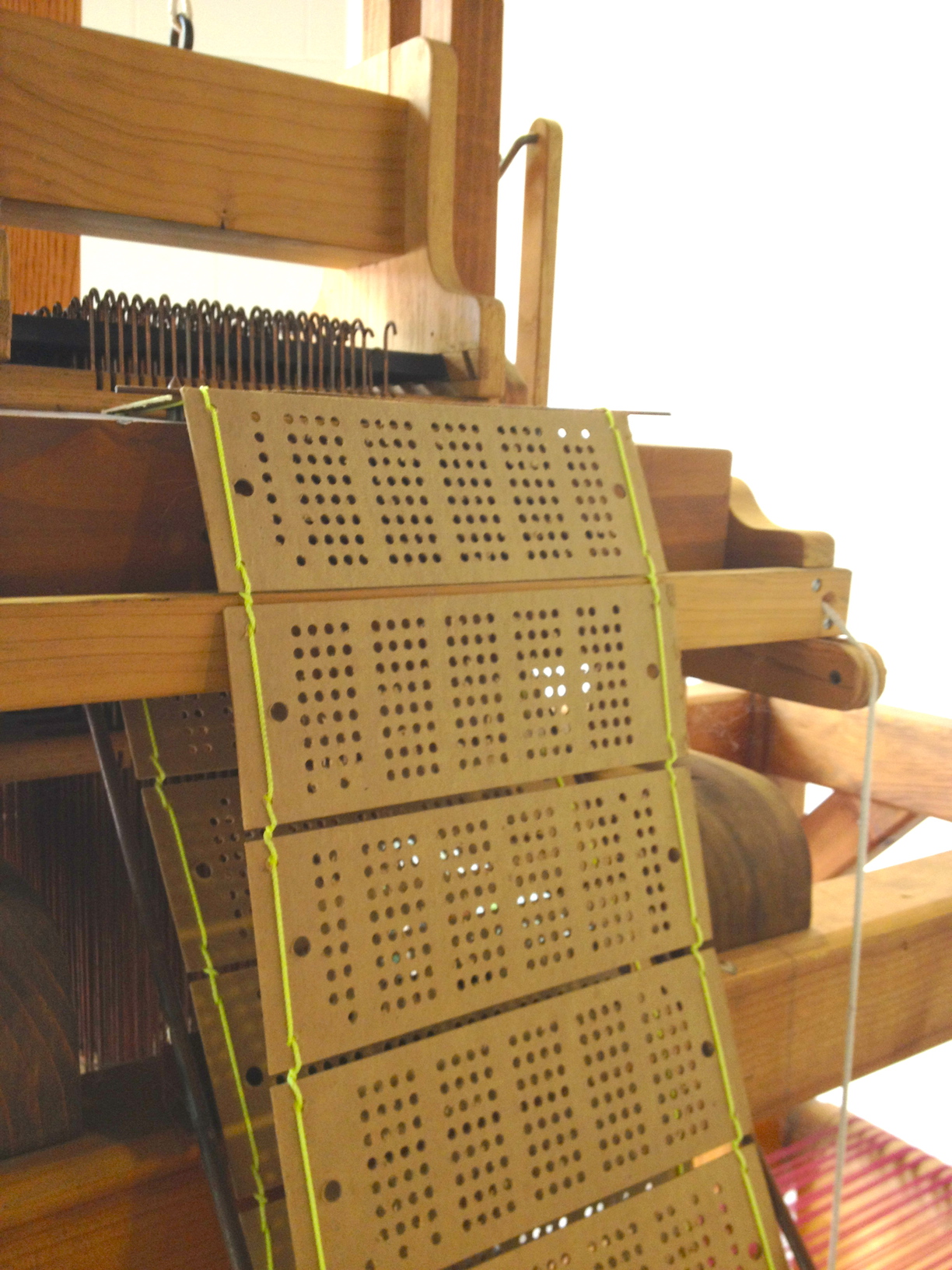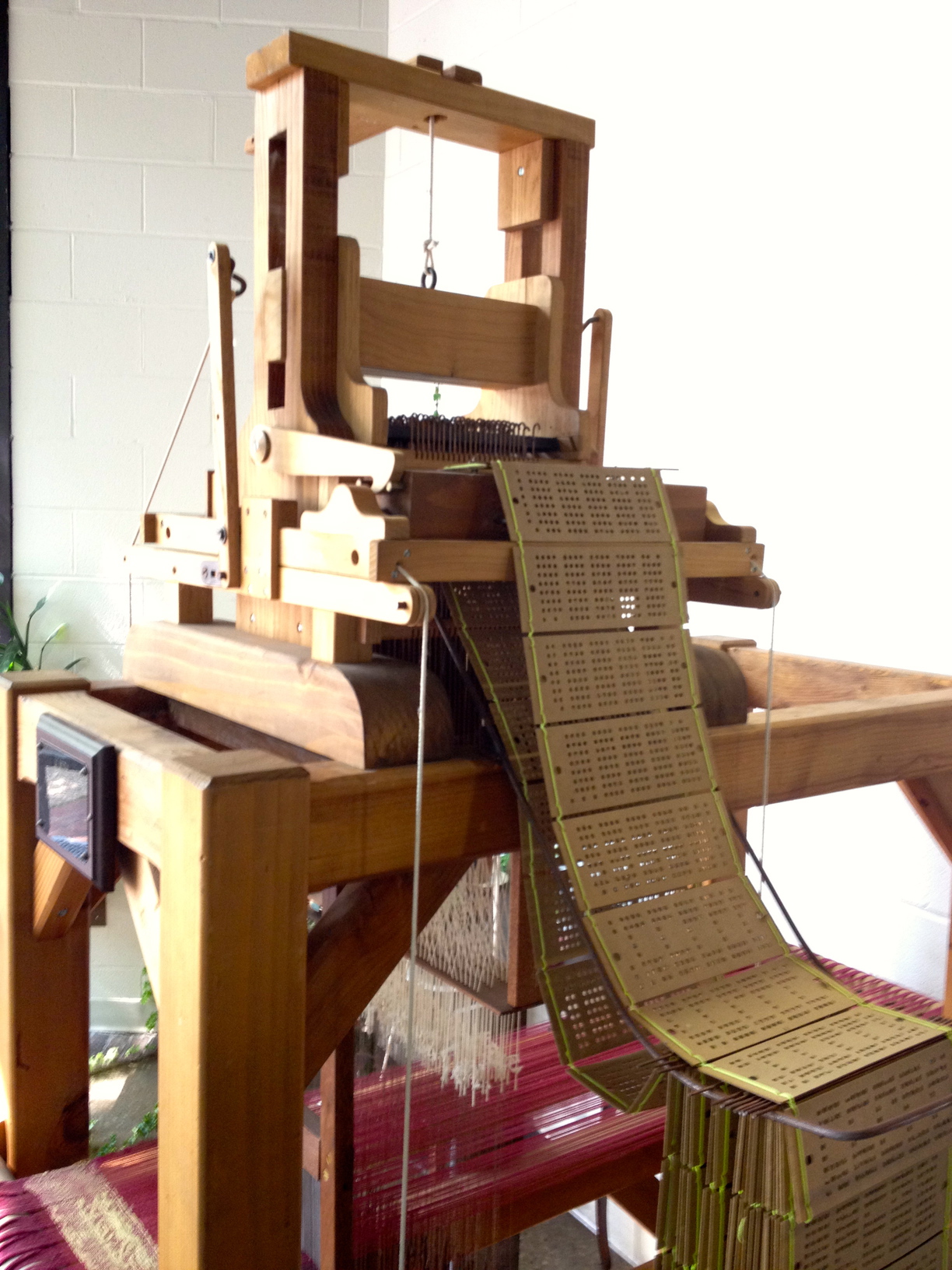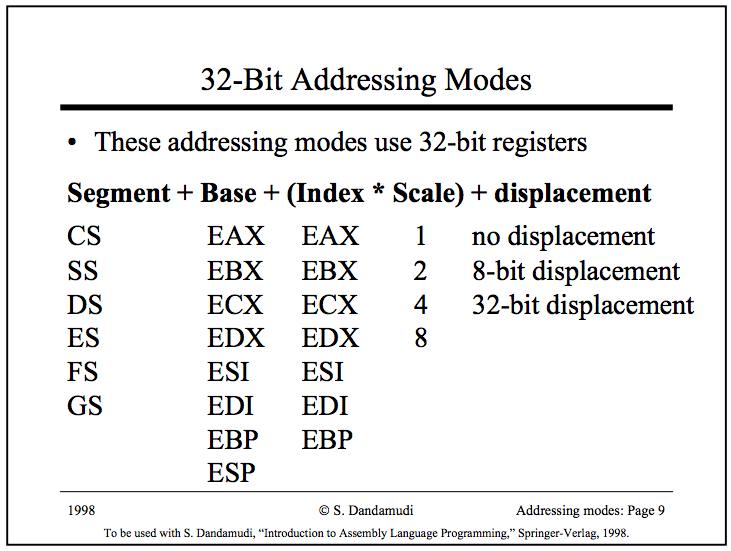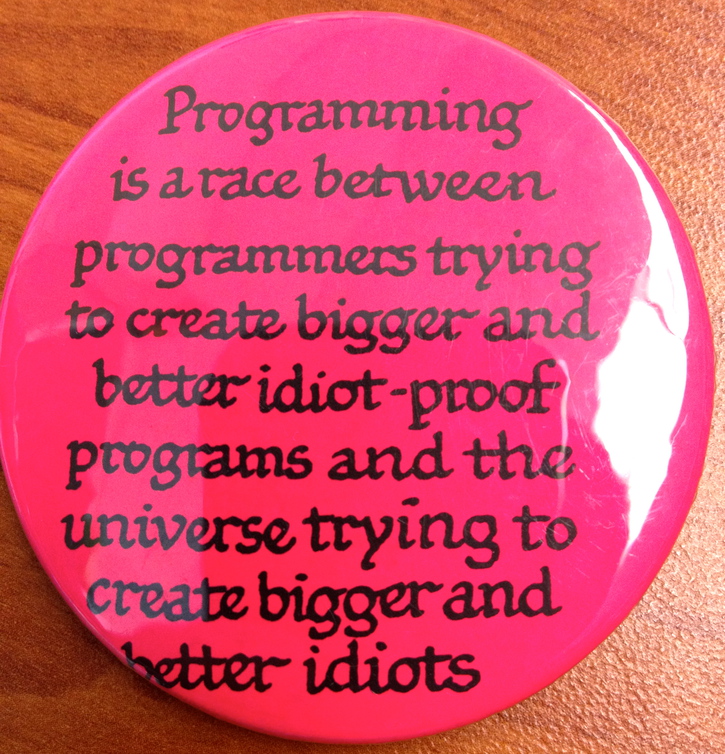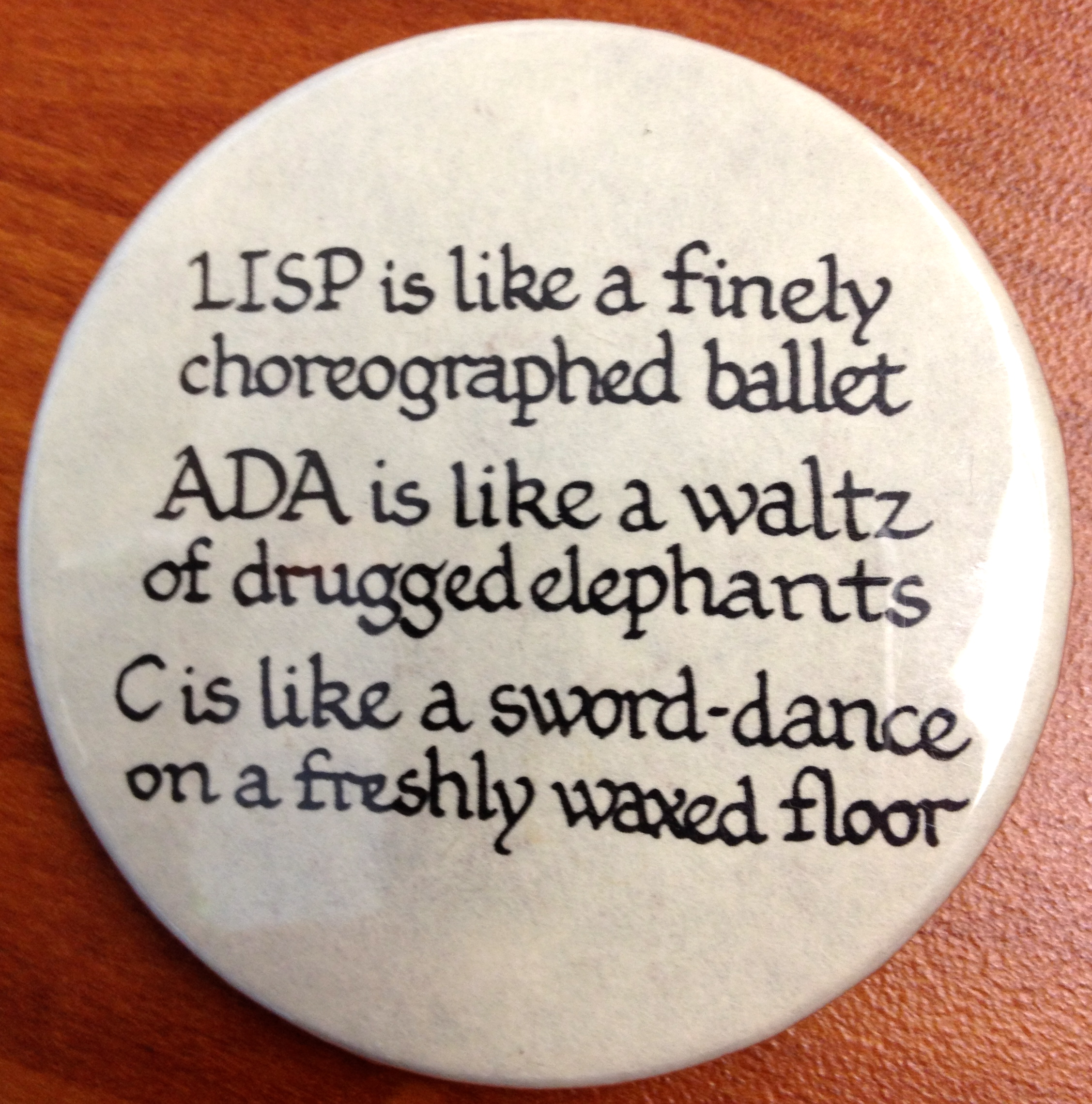Difference between revisions of "CSC231 Schedule 2012"
(→Weekly Schedule) |
(→Weekly Schedule) |
||
| Line 414: | Line 414: | ||
* '''Wednesday''' <font color="magenta">'''Last Class'''</font> | * '''Wednesday''' <font color="magenta">'''Last Class'''</font> | ||
| + | [[File:FloatingPointRangeByte.png|150px|right]] | ||
** Answer to the question: What does the ''real'' ligne looks like in terms of how the Floating Point format covers it? | ** Answer to the question: What does the ''real'' ligne looks like in terms of how the Floating Point format covers it? | ||
** [[CSC231 Unexpected Floating-Point Results | Examples of Floating Point programs that generate unexpected results]] | ** [[CSC231 Unexpected Floating-Point Results | Examples of Floating Point programs that generate unexpected results]] | ||
** The architecture of the FPU: A stack of 8 80-bit registers: st0, st1, ... st7. | ** The architecture of the FPU: A stack of 8 80-bit registers: st0, st1, ... st7. | ||
| − | ** [[CSC231_An_Introduction_to_Fixed-_and_Floating-Point_Numbers#Programming_with_Floating-Point_Numbers_in_Assembly| Examples of assembly programs using the FPU]] | + | ** [[CSC231_An_Introduction_to_Fixed-_and_Floating-Point_Numbers#Programming_with_Floating-Point_Numbers_in_Assembly| Examples of assembly programs using the FPU]] (also available [[CSC231 Floating-Point Assembly Examples| here]]) |
** How the FPU performs an addition of two floating point numbers | ** How the FPU performs an addition of two floating point numbers | ||
---- | ---- | ||
Revision as of 10:51, 12 December 2012
--D. Thiebaut 11:15, 24 August 2012 (EDT)
Misc. Links & Information
- NEW: All the class demo files, as of 11/26/12
- nasmld script
- Things to remember while programming in assembly
- The NASM Manual (http://alien.dowling.edu/~rohit/nasmdoc0.html)
- Paul Carter's assembly language tutorial. Paul Carter's page can be found at http://www.drpaulcarter.com/.
- The Art of Assembly Language. It assumes a different assembler, and hence a different syntax, but has a lot of very good information.
- The Pentium Instruction Set on Wikipedia.
- Programming the Arduino in assembly.
Weekly Schedule
| Week | Topics | Reading |
| Week 1 9/7 |
|
|
| Week 2 9/10 |
|
|
| Week 3 9/17 |
|
|
| Week 4 9/24 |
int a = 3, b = 5, result = 0; result = a + b;
|
|
| Week 5 10/1 |
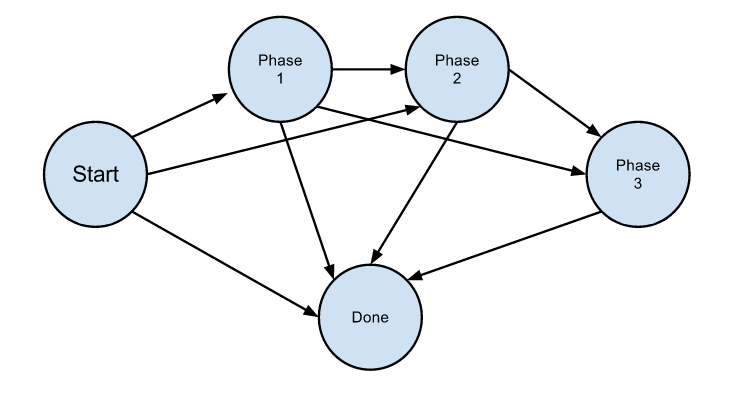
|
|
| Week 6 10/8 |
|
|
| Week 7 10/15 |
|
|
| Week 8 10/22 |
nasm -f elf -F stabs myProg.asm ; ld -melf_i386 -o myProg myProg.o ; ./myProg
shl reg, 1
shl mem, 1
shl reg, imm
shl mem, imm
shl reg, cl
shl mem, cl
|
|
| Week 9 10/29 |
|
|
| Week 10 11/05 |
int main() {
int a=3, b=5, res;
res = sum( a, b );
...
}
int sum( int x, int y ) {
return x+y;
}
|
|
| Week 11 11/12 |
|
|
| Week 12 11/19 |
|
|
| Week 13 11/26 |
|
|
| Week 14 12/03 |
|
|
| Week 15 12/10 |
|
|
References
- ↑ 1.0 1.1 Intel Instruction Set Summary, from http://download.intel.com/design/processor/manuals/253666.pdf
